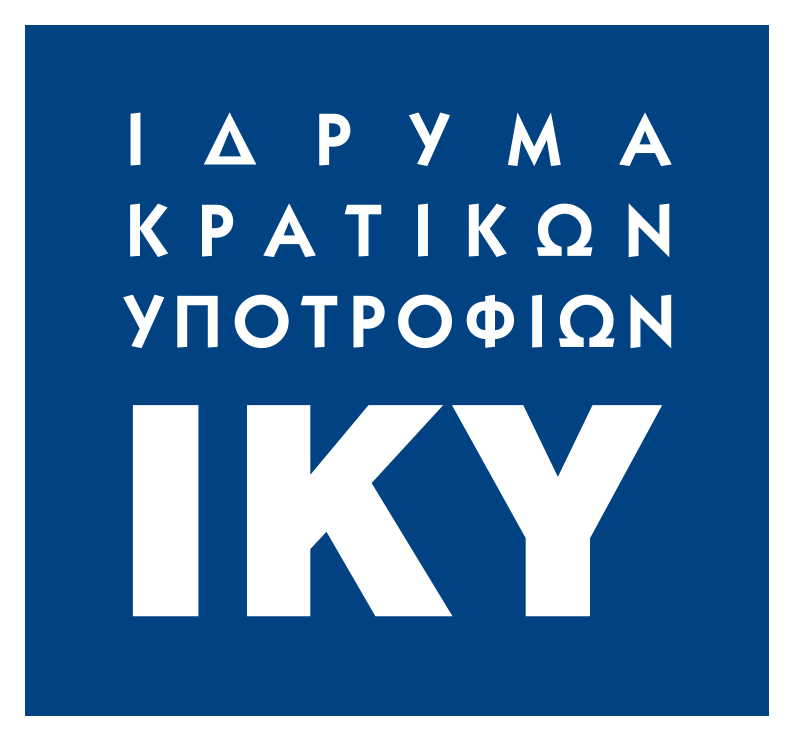


Overview:
- Erasmus+ Project
- PI: Marinos Kavouras (National Technical University of Athens)
- Partners
- National Technical University of Athens
- Potioc – Inria Bordeaux (Anke Brock & Martin Hachet)
- Intrasoft International SA
- Casa Corpolui Didatic Cluj
- Liceul Special pentru Deficienti de Vedere Cluj-Napoca
- Eidiko Dimotiko Sxolio Tiflon Kallitheas Athens
- 2017-2019
- Abstract: VISTE builds on the previous development of the GEOTHNK platform (Kavouras et al., 2016). The VISTE framework and associated resources and tools will focus on collaborative learning of spatial concepts and skills for sighted and VI students to foster inclusion within mainstream education. VISTE will empower students with VI to acquire spatial skills through specially designed learning activities as well as through an augmented reality prototype.
At Inria Bordeaux, we will design and implement an augmented reality prototype that will be used as spatial thinking training tool in special education schools. It will make use of the PapARt technology, an OpenSource augmented reality framework (Laviole & Hachet, 2012). The system provides different ways of interaction, such as tangible interaction using physical objects and touch-based interaction. While these interaction modalities have been explored in augmented reality maps for sighted people (Chatain et al., 2015), no previous study has investigated how this framework can be beneficial for VI people. In line with previous work, we envision augmenting the prototype by adding audio cues (e.g. verbal, or ambient sound) and tactile cues (e.g. vibrations, or tangible objects with different textures). We hypothesize that a system providing both visual cues (projection) and non-visual cues (audio, tangible objects, tactile cues) should be well adapted for enabling collaborative learning by both sighted and VI people. When working with people with special needs, e.g. VI people, it is especially important to involve this target user group during the design process. Similar as in our previous projects (Brock et al., 2016; Brock et al., 2010), we will make use of participatory design methods to involve students and teachers all along the design process. We intend to evaluate the usability and accessibility of our prototype using an experimental protocol similar to the one we used in our previous studies (Brock et al., 2015). We hope that VISTE will make a contribution to advance teaching of spatial thinking to VI children. - Website: http://visteproject.eu/






